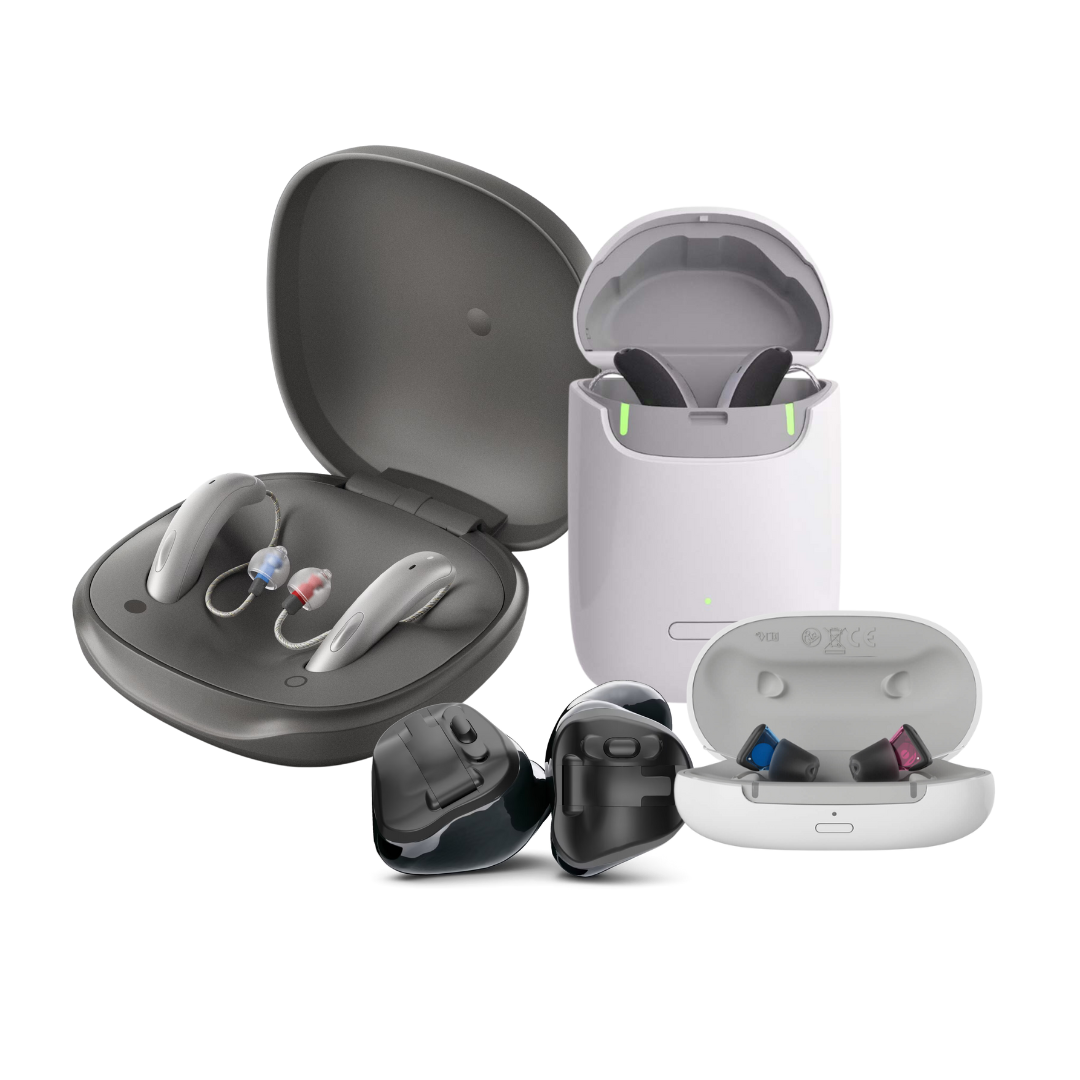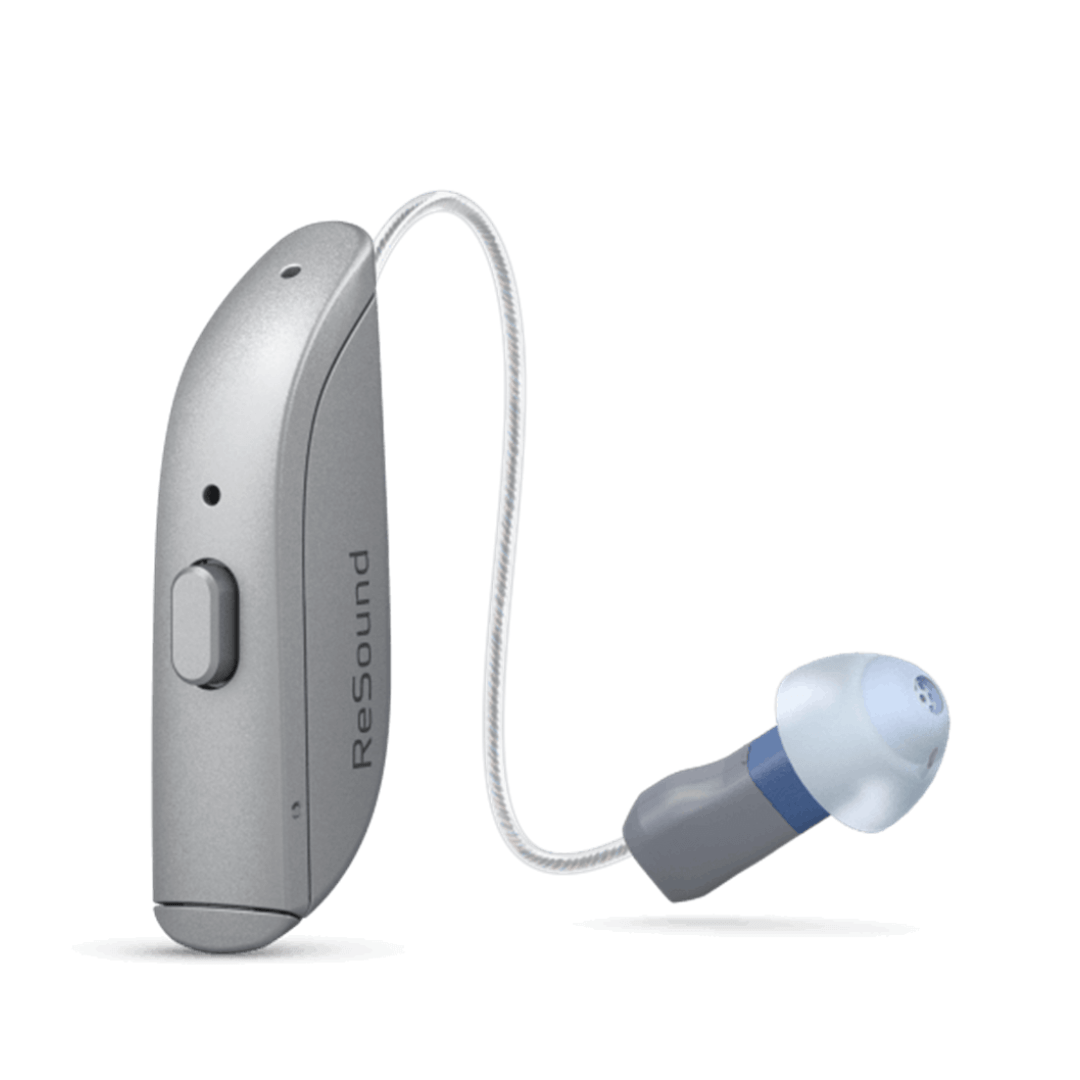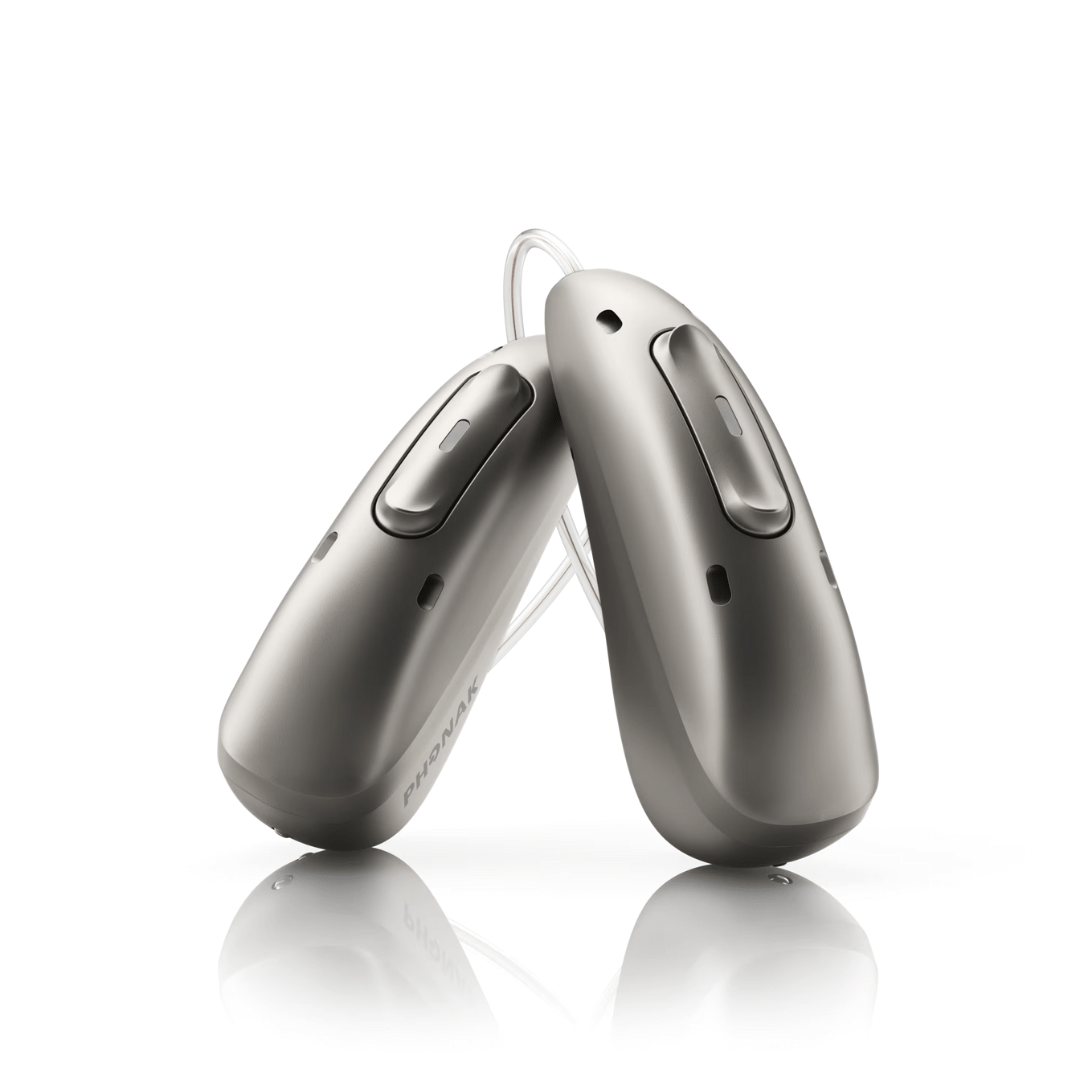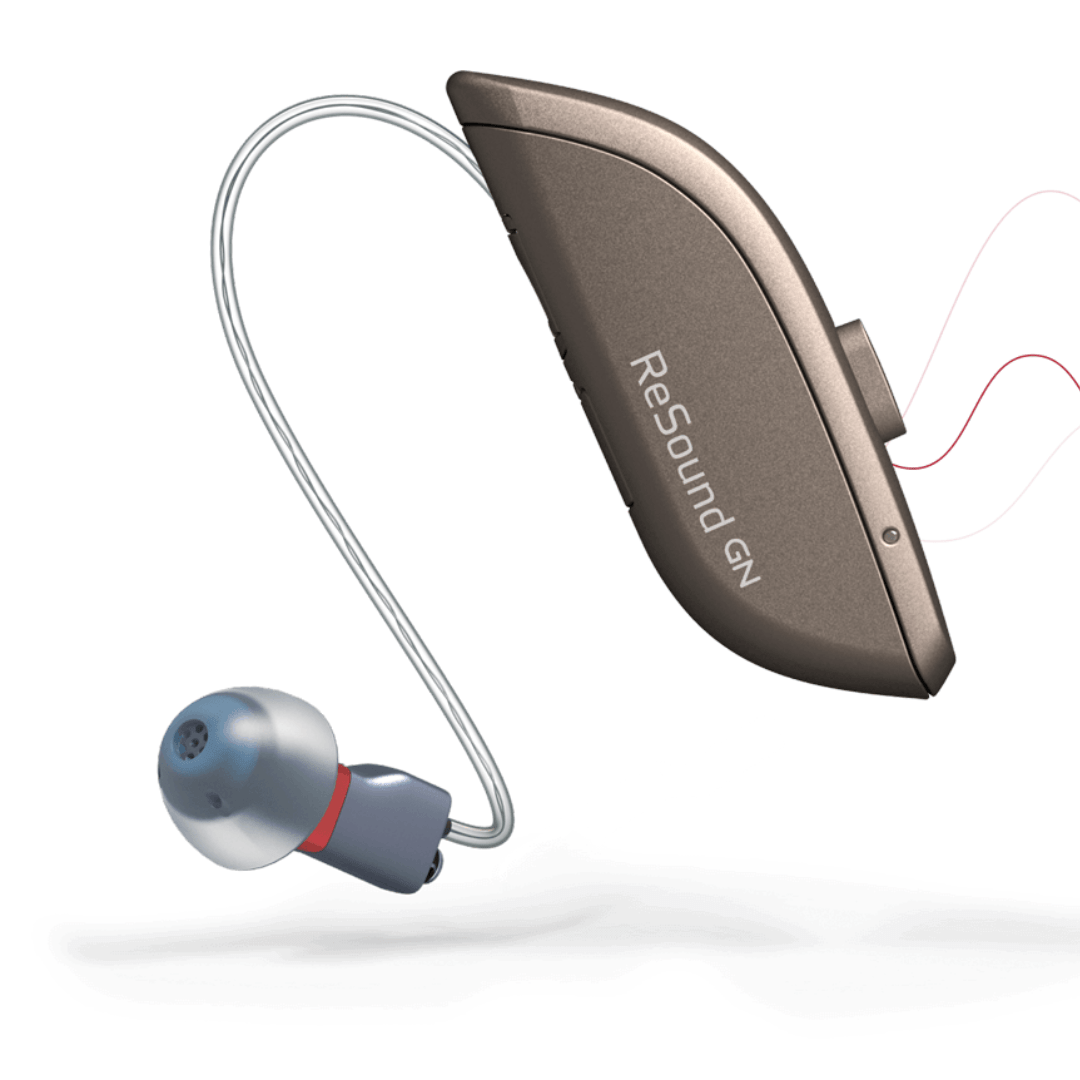Need Help?
FAQs
Here are some frequently asked questions to guide you. If you don't find your question answered here, our support team is just a call or message away. Don't Hesitate to Reach us.
Are RIC hearing aids good?
RIC (Receiver-in-Canal) hearing aids are highly regarded for their natural sound quality, discreet design, and comfort. They are especially effective for individuals with mild to severe hearing loss. However, their suitability depends on personal preferences and hearing needs.
What are RIC hearing aids?
RIC hearing aids are a type of hearing device where the speaker (receiver) is placed in the ear canal, connected to the body of the hearing aid via a thin wire. The main body of the device rests behind the ear.
How do RIC hearing aids work?
RIC hearing aids pick up sound through a microphone, process it with an amplifier, and transmit it to a receiver placed in the ear canal. This setup delivers clearer, more natural sound by reducing distortion and feedback.
How to insert RIC hearing aids?
Hold the hearing aid by the body (not the wire).
Gently insert the dome or earpiece into your ear canal.
Place the main device behind your ear, ensuring it rests comfortably.
Adjust as needed for a secure fit.
How to clean RIC hearing aids?
Wipe the body and receiver wire with a dry, soft cloth.
Use a cleaning tool to remove wax buildup on the earpiece.
Replace the wax filter if clogged.
Keep the device dry and store it in a case when not in use.
How long do RIC hearing aids last?
With proper care, RIC hearing aids typically last 5–7 years. Battery life and maintenance can impact their longevity.
How much do RIC hearing aids cost?
RIC hearing aids usually range from ₹1,24,000 to ₹2,90,000 per ear, depending on the brand, features, and technology level.
What do RIC hearing aids look like?
They have a small, behind-the-ear component connected to a thin wire leading to a dome or receiver in the ear canal. Their discreet design makes them nearly invisible when worn.
Accordion What is RIC in hearing aids?
RIC stands for "Receiver-in-Canal," describing the placement of the receiver in the ear canal rather than in the hearing aid body.
Which is better, RIC or BTE?
It depends on individual needs.
RIC: Smaller, more discreet, natural sound, suitable for most levels of hearing loss.
BTE (Behind-The-Ear): More durable, larger battery, ideal for severe-to-profound hearing loss or those needing robust devices.
What are the disadvantages of RIC hearing aids?
More susceptible to moisture and wax buildup in the receiver.
Smaller components can be challenging to handle for individuals with dexterity issues.
What is RIC used for?
RIC hearing aids are used to improve hearing by amplifying sound, particularly for individuals with mild to severe hearing loss.
What is the benefit of RIC?
The main benefits include:
1.Natural sound quality.
2.Discreet and comfortable design.
3.Reduced feedback and distortion.
What are the advantages of RIC?
Lightweight and less visible.
Customizable fit for comfort.
Advanced features like Bluetooth connectivity and noise reduction.
Can you wear glasses with RIC hearing aids?
Yes, RIC hearing aids are designed to be worn comfortably with glasses. Their slim profile ensures minimal interference.
Which country is RIC from?
RIC hearing aids are not specific to a single country. They are designed and manufactured globally by leading hearing aid brands such as Phonak, Oticon, and Starkey.
What is the function of RIC?
RIC hearing aids amplify sound and improve hearing clarity, enhancing communication and overall quality of life.
What is the importance of RIC?
RIC hearing aids play a crucial role in restoring hearing ability, providing natural sound quality, and improving the wearer's daily interactions.
What is the full form of RIC?
RIC stands for "Receiver-in-Canal," referring to the placement of the receiver inside the ear canal.
























